10 Surprising Movie Facts You Probably Didn’t Know
Movies have a way of surprising us with hidden details and unexpected stories. From behind-the-scenes moments to unscripted performances, film history is full of fascinating facts that often go unnoticed. Whether you’re a casual viewer or a die-hard movie fan, these intriguing tidbits will add a new layer of appreciation to your favorite films. Get ready to uncover some shocking and lesser-known aspects of cinema that you might have missed the first time around.
This post may contain affiliate links, which helps keep this content free. Please read our disclosure for more info.
The Godfather’s Iconic Cat Scene Was Unscripted
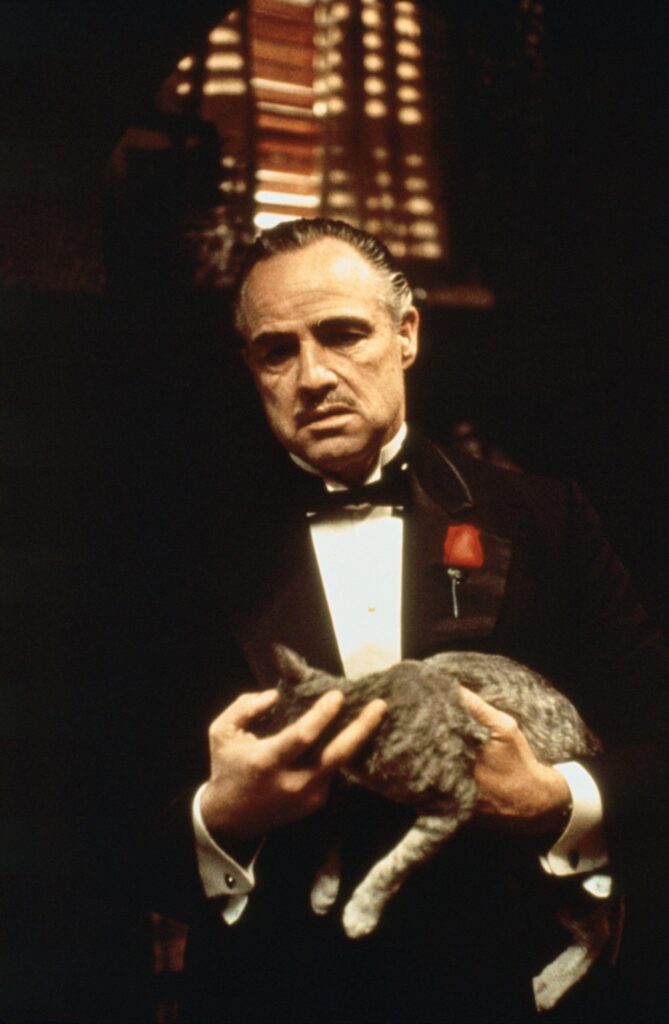
In The Godfather, Marlon Brando’s character, Vito Corleone, is seen holding and petting a cat during one of the film’s most iconic scenes. While it appears to be part of the script, the cat was not planned at all. During the filming, Brando found a stray cat wandering the set, and he decided to pick it up and include it in the scene. This spontaneous moment added an extra layer of authenticity to the character, and the cat’s presence only served to enhance Brando’s already captivating performance. The scene became one of the most memorable in cinematic history, with the cat’s calmness contrasting with the intense dialogue.
The decision to keep the cat in the scene was a stroke of genius, as it also showcased Vito Corleone’s softer side. This contrast between his ruthless mafia boss persona and the tenderness he displayed toward the cat resonated deeply with audiences. It’s a small detail, but it has become emblematic of the character and the film’s ability to blend moments of tenderness with dark drama.
The Wizard of Oz Used Technicolor Magic
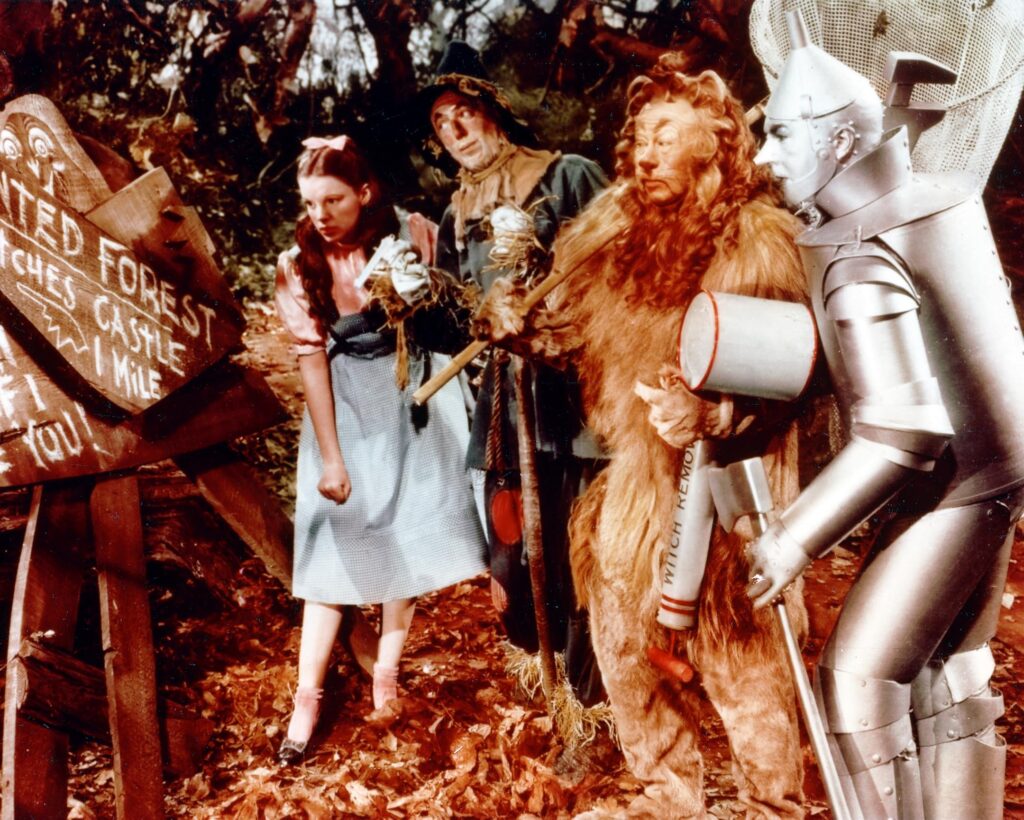
The Wizard of Oz (1939) is often celebrated for its innovative use of Technicolor, a process that added vibrant color to film. What most viewers don’t realize is how groundbreaking this was at the time. Before The Wizard of Oz, most films were shot in black and white, and color films were rare and expensive. The decision to use Technicolor for the film’s fantasy sequences allowed for a vivid contrast between Dorothy’s mundane life in Kansas and her magical adventure in the Land of Oz. The shift from sepia tones to the Technicolor brilliance of Oz was a revolutionary moment in cinematic history.
This transition from a dull, brownish world to a vibrant one was not just a technical achievement, but also a powerful storytelling tool. The filmmakers intended the change to symbolize Dorothy’s journey from the ordinary to the extraordinary. The introduction of color brought the fantastical elements of Oz to life in a way that had never been seen before, and it left a lasting impact on film production techniques that are still used today.
Pulp Fiction’s Burger Joint is a Real Place
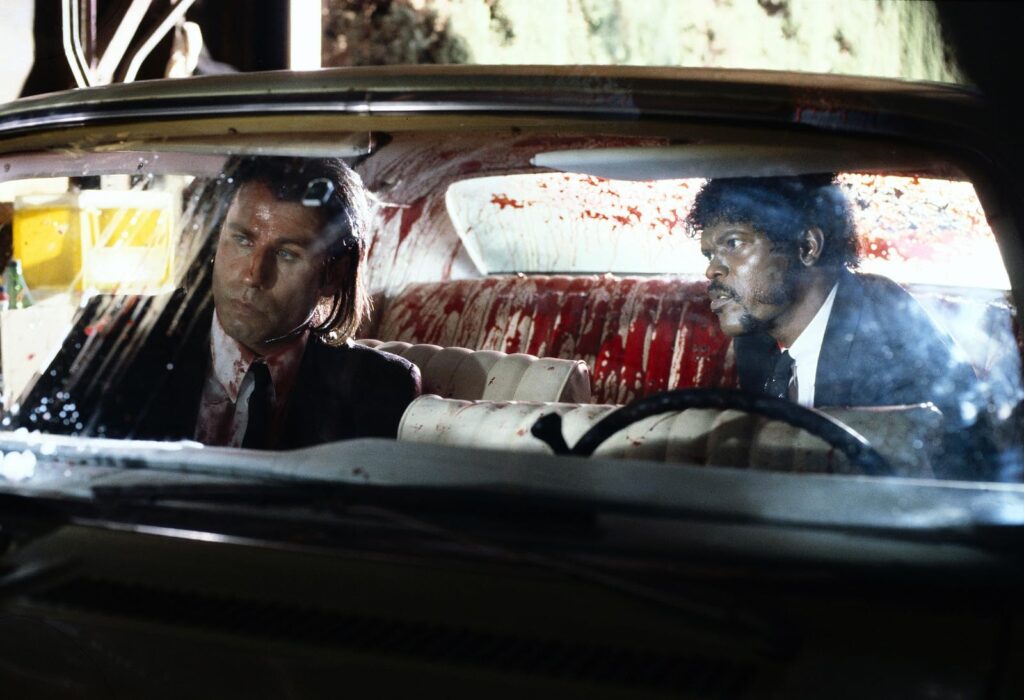
In Pulp Fiction, the conversation between Jules and Vincent about the differences between American and European hamburgers takes place in a diner called Jackrabbit Slim’s. While the diner in the film is fictional, it was inspired by a real-life location called the “Airstream Diner” in Los Angeles. The Airstream Diner was a classic, vintage-style diner that was popular in the 1950s and ’60s. Tarantino, known for his attention to detail and love of classic Americana, drew inspiration from this diner to create the whimsical and nostalgic setting in Pulp Fiction.
Jackrabbit Slim’s, with its quirky decorations and unique ambiance, became a defining feature of the film. The diner’s nostalgic theme, with waiters dressed as famous movie stars and a jukebox playing ’50s tunes, helped set the tone for the film’s blend of pop culture, humor, and violence. The Airstream Diner itself closed down, but its influence lives on through this iconic scene, showing how real-world places inspire even the most fantastical movie settings.
The Dark Knight’s Joker Wasn’t Fully Scripted
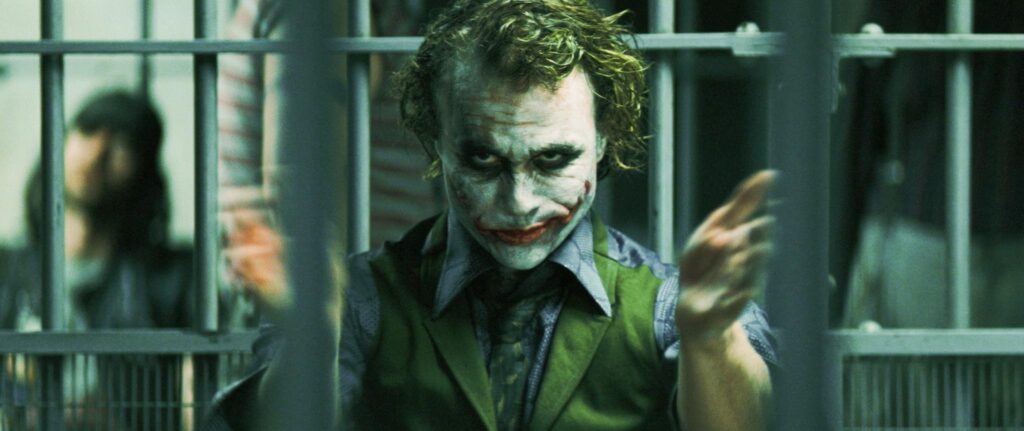
Heath Ledger’s performance as the Joker in The Dark Knight is considered one of the greatest portrayals of a villain in film history. One of the key reasons for the Joker’s unsettling and unpredictable nature was Ledger’s commitment to improvising his character. Many of the Joker’s most iconic moments, including his laugh and his chaotic antics, were unscripted. The “pencil trick,” where the Joker kills a thug by making a pencil disappear, was entirely improvised by Ledger and not part of the original script. Ledger’s willingness to experiment with the character brought an unsettling sense of authenticity to his performance.
Ledger’s portrayal of the Joker became so much more than just a villain; he transformed the character into a symbol of pure anarchy. The decision to let Ledger have creative freedom within the character allowed him to deliver a performance that felt raw and unrehearsed, contributing to the Joker’s dark and unpredictable persona. This improvisational approach not only made the character memorable but also helped elevate The Dark Knight into one of the most critically acclaimed films of the 21st century.
Back to the Future’s DeLorean Was Almost a Refrigerator
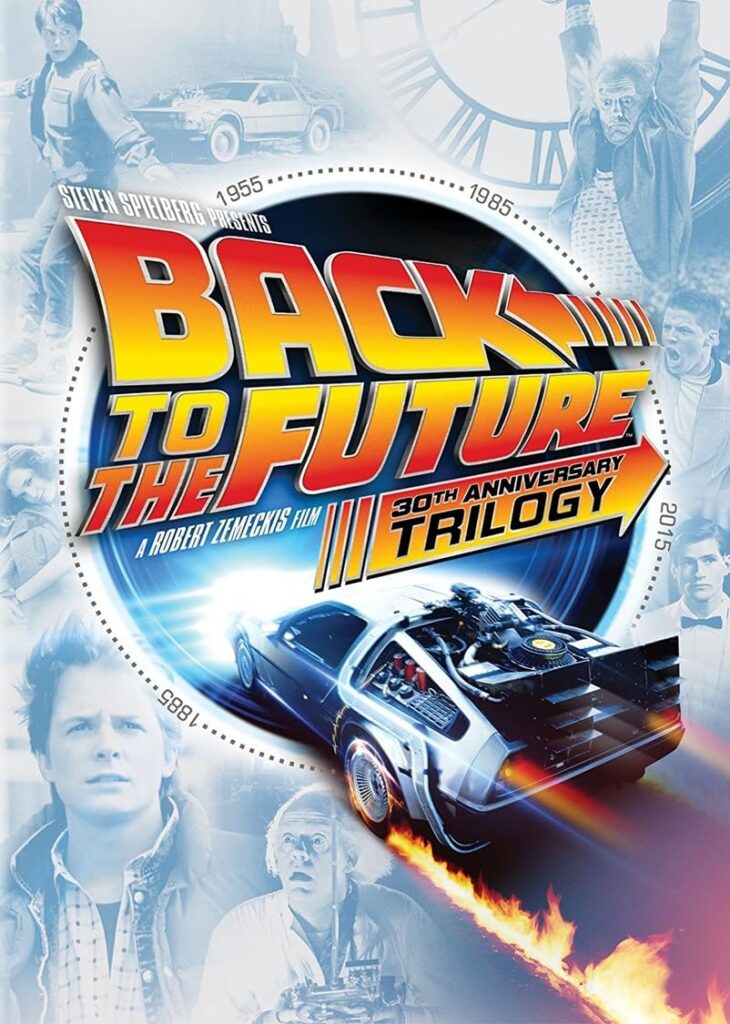
In the original concept for Back to the Future, the time machine was not the iconic DeLorean but was instead a simple refrigerator. The idea of using a refrigerator to travel through time was initially conceived by director Robert Zemeckis and screenwriter Bob Gale. However, the studio quickly realized that a fridge would not have the same visual impact and might even cause problems with safety. The decision was made to switch the time machine to a DeLorean, a car that was not only visually striking but also became instantly recognizable as a symbol of time travel.
The DeLorean’s sleek, futuristic design and gull-wing doors made it the perfect choice for a time machine. The car’s association with the ’80s, combined with its unique look, gave it an unmistakable presence on screen. This change turned out to be one of the most iconic decisions in film history, with the DeLorean now firmly embedded in pop culture as one of the most beloved movie vehicles of all time.
Star Wars’ Iconic Sound of Lightsabers Came from an Old Movie Projector
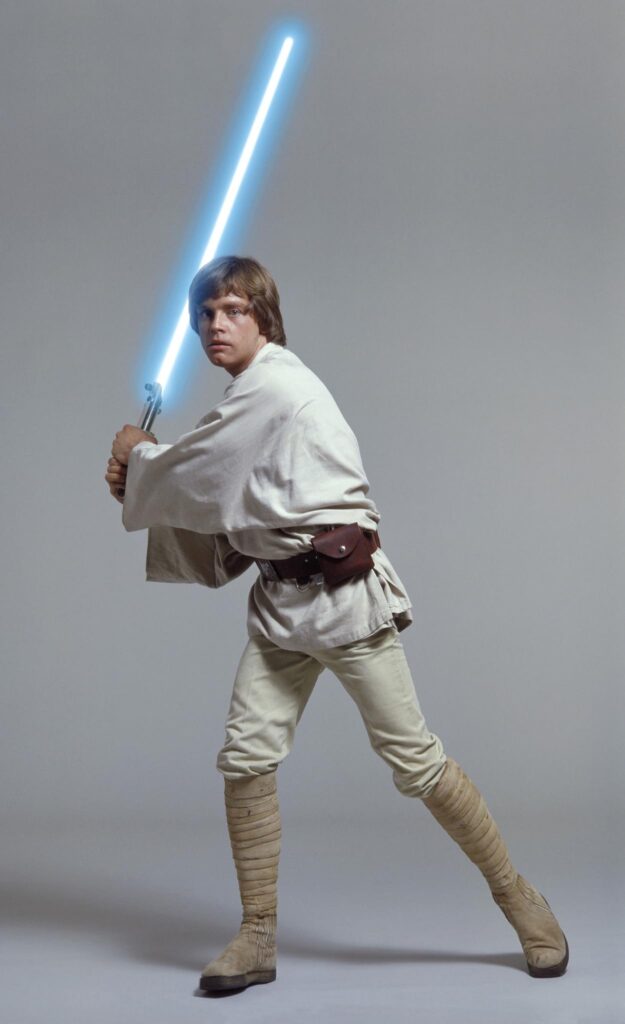
The lightsaber sound effect in Star Wars has become one of the most iconic sounds in cinematic history. What’s surprising, though, is that the sound was created using a very unconventional method. Sound designer Ben Burtt was experimenting with different noises and stumbled upon the sound of an old movie projector. By manipulating the hum and adding various other sound elements, Burtt was able to create the iconic “whoosh” of the lightsaber. This inventive use of everyday objects helped shape the distinctive soundscape of Star Wars, proving that sometimes the best effects come from the most unexpected sources.
This sound effect has since become synonymous with the Star Wars franchise, and it remains one of the most memorable elements of the series. The simplicity and creativity behind the lightsaber sound highlight how practical effects can have a lasting impact on the audience. The ingenuity behind it also shows how filmmakers can elevate an iconic moment using a blend of technology and creativity.
Jaws’ Shark Wasn’t As Menacing as It Seemed
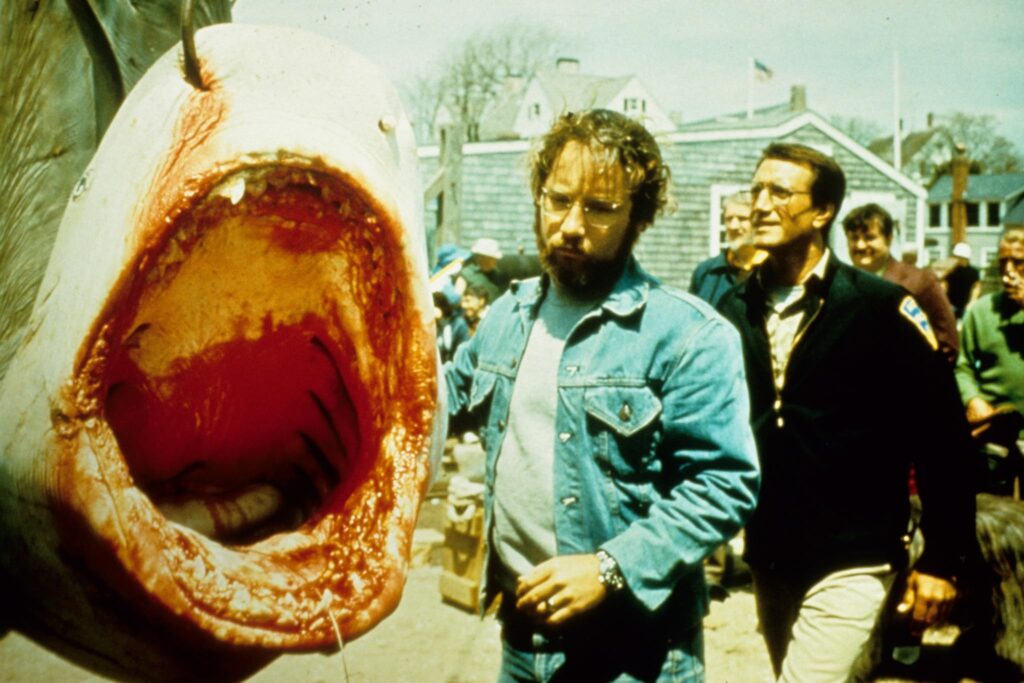
The terrifying shark in Steven Spielberg’s Jaws was actually a mechanical creation that caused more trouble than it was worth during production. The shark, nicknamed “Bruce” by the crew, had constant malfunctions, leading to frustration on set. Due to these issues, Spielberg was forced to shoot many of the shark scenes from the perspective of the characters, creating suspense through what the audience didn’t see. This unintentional limitation turned out to be one of the film’s greatest strengths, as the lack of shark visibility only heightened the terror. The result was a suspenseful thriller that relied on suggestion and atmosphere rather than over-the-top special effects.
The film’s success demonstrated the power of less-is-more storytelling. Spielberg’s decision to hold back on showing the shark created an eerie sense of anticipation, making its eventual appearances all the more chilling. Jaws became a landmark in filmmaking, proving that limitations in technology could lead to even greater creativity and tension.
E.T. Was Almost a Horror Movie
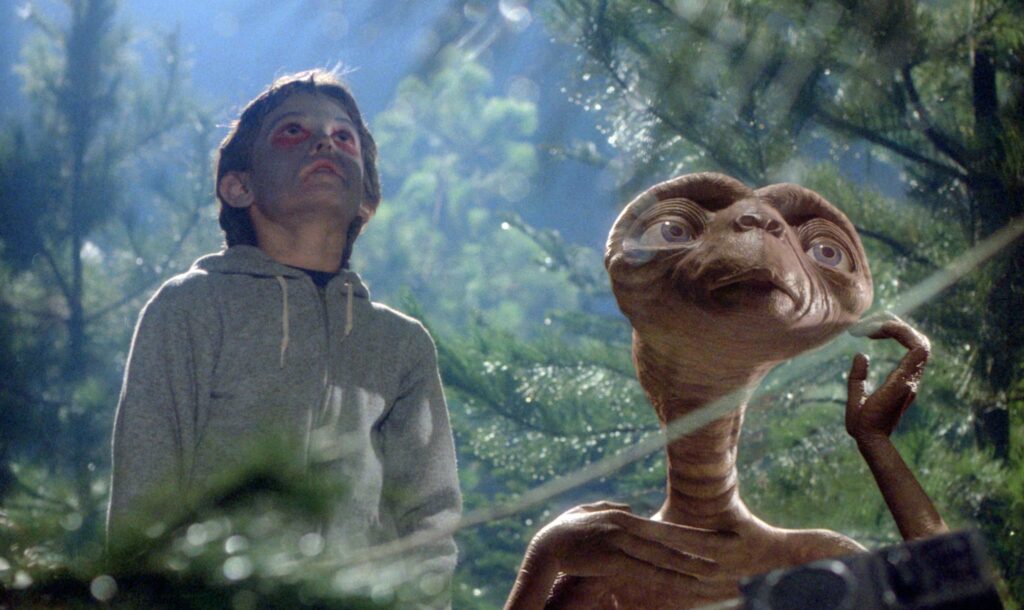
Steven Spielberg’s E.T. the Extra-Terrestrial is widely known as a heartwarming family film, but it was almost something entirely different. The original concept for the film had E.T. as a much more menacing character, and the film was intended to be a horror movie. The early script depicted the alien as more of a monster, and the government officials who pursued him were far more aggressive. Spielberg later reworked the story, making the alien more friendly and the tone lighter, which led to the creation of one of the most beloved family films of all time.
The film’s transformation from horror to heartwarming adventure was a brilliant decision that turned E.T. into a cultural phenomenon. Spielberg’s focus on themes of friendship and acceptance resonated with audiences, particularly children, leading to a massive box office success. E.T.’s innocent appearance and emotional bond with the human characters became iconic, demonstrating how changes in tone can shape the way a film is remembered.
The Matrix’s Iconic Bullet Time Was a New Cinematic Technique
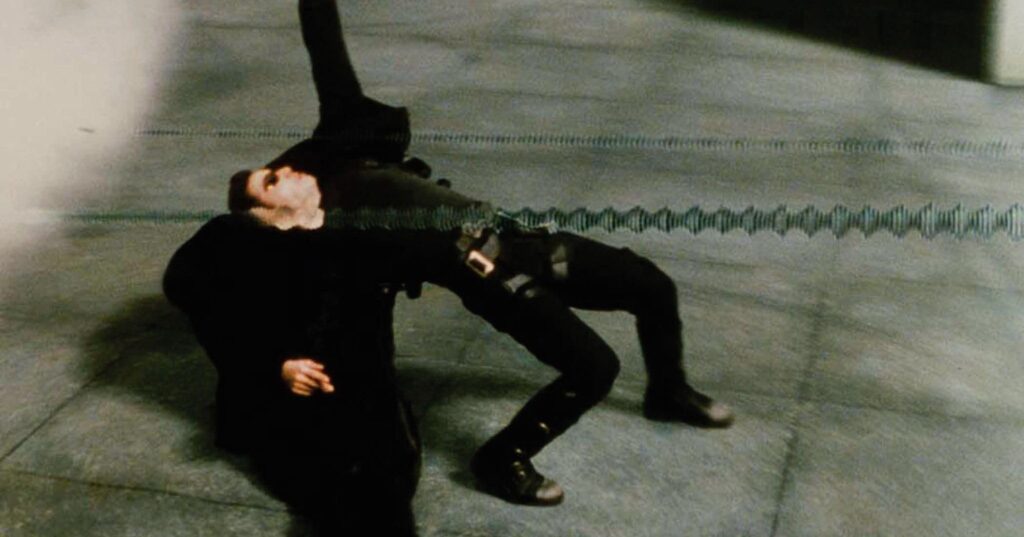
The groundbreaking “bullet time” effect in The Matrix, where time seems to slow down while the camera moves around a scene, was an entirely new technique at the time. The Wachowskis, the film’s directors, collaborated with special effects supervisor John Gaeta to develop the technique, which involved a complex array of cameras arranged in a circle around the subject. The result was a stunning visual effect that had never been seen before, showing action scenes in a way that was both slow-motion and dynamic. Bullet time became one of the most talked-about features of the film and was quickly adopted by other filmmakers.
The impact of bullet time went far beyond The Matrix and reshaped how action sequences were filmed. It influenced everything from video games to commercials and helped solidify The Matrix as one of the most innovative films of its time. The technique’s lasting appeal lies in its ability to convey intense action while offering the audience a completely new perspective.
The Silence of the Lambs Only Had 5 Minutes of Hannibal Lecter Screen Time
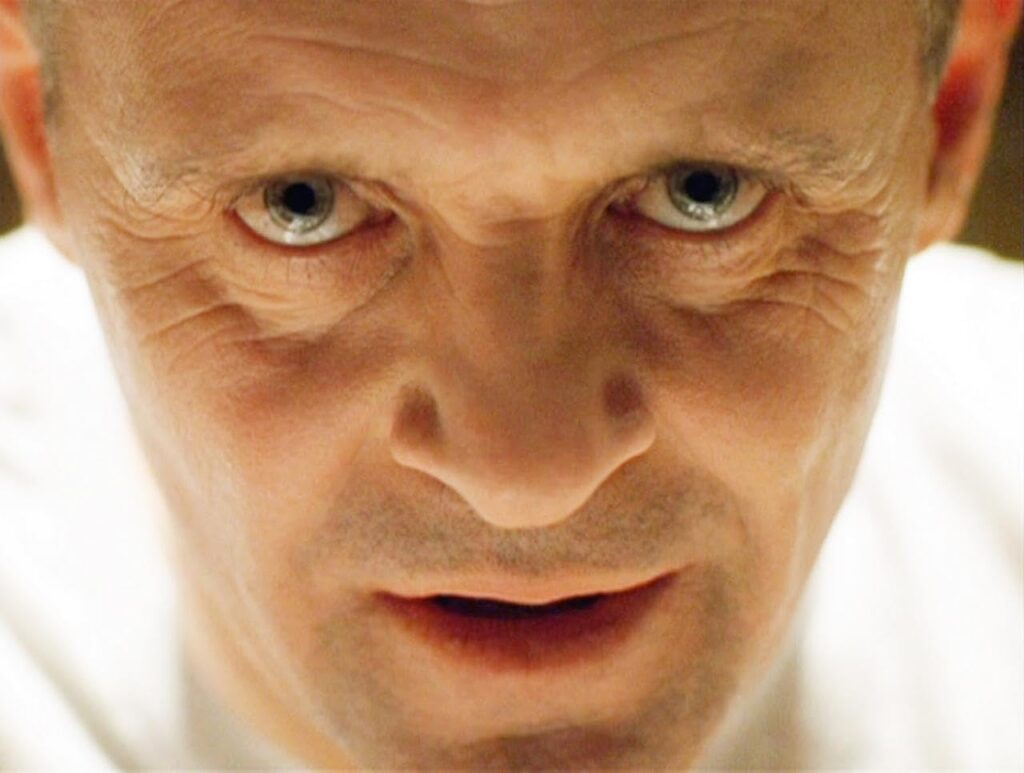
Despite being one of the most memorable villains in cinematic history, Hannibal Lecter, played by Anthony Hopkins in The Silence of the Lambs, only appears on screen for about five minutes. Yet, those five minutes were enough to make Hopkins’ performance legendary. His chilling portrayal of the character, paired with his eerie calmness and precise diction, became the film’s defining feature. The scenes where he interacts with Jodie Foster’s character, Clarice Starling, are filled with tension and psychological depth, making them some of the most iconic moments in film history.
Hopkins’ brief screen time did not detract from his impact on the film; instead, it elevated the story. The decision to keep Lecter’s role minimal helped build a sense of mystery and dread around the character. It demonstrated how powerful a performance can be, even with limited screen presence, and solidified The Silence of the Lambs as a landmark psychological thriller.
This article originally appeared on Avocadu.
